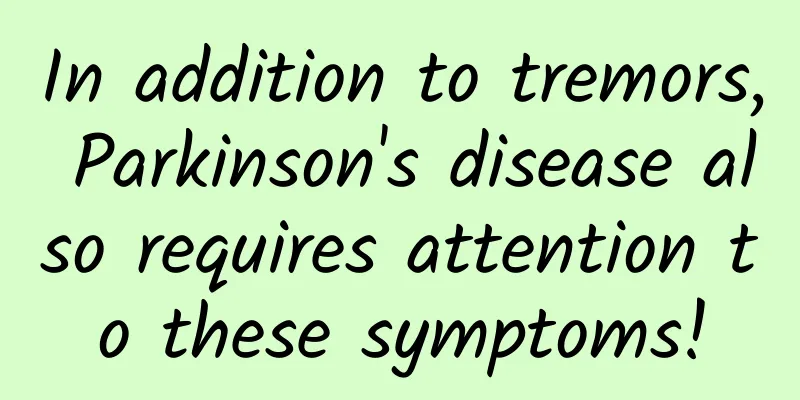Gynecological multiple cysts

|
In normal times, you should pay attention to some changes in your body, which depends on whether your body will be healthy in the future. In fact, pregnant women often encounter multiple cysts in their lives. Cysts come from many aspects, such as ovarian cysts, adnexal cysts, uterine cysts, etc. This type of multiple cysts, although there are no characteristics at the beginning, but it causes many symptoms. Below we need to have a full understanding of gynecological multiple cysts. Basic Introduction Multiple ovarian cysts are a gynecological disease Multiple ovarian cysts, also known as polycystic ovary syndrome (PCOS), is a syndrome characterized by chronic anovulation, amenorrhea or oligomenorrhea, infertility, obesity, acne, hirsutism and polycystic enlargement of the ovaries. Multiple ovarian cysts Also known as polycystic ovary syndrome (PCOS), it is a syndrome characterized by chronic anovulation, amenorrhea or oligomenorrhea, infertility, obesity, acne, hirsutism and polycystic enlargement of the ovaries. Although the exact cause of PCOS is unclear, it is a known endocrine and metabolic disease, that is, it not only involves endocrine disorders but also metabolic abnormalities, and there are many subtypes, so treatment must be personalized. Laparoscopic ovarian drilling or partial resection is the most effective treatment for PCOS, with a pregnancy rate of over 90% 6 months after surgery. No laparotomy, no blood transfusion, and no ovarian removal. However, PCOS is often accompanied by uterine septum or endometrial polyps. Digital dynamic hysterosalpingography or hysteroscopy is required for diagnosis. If present, hysteroscopic septum and polypectomy should be performed, otherwise habitual abortion may occur easily. Drug treatment is an auxiliary means after surgery and is ineffective alone. Even if menstruation becomes regular after taking the drugs, you will not get pregnant because most of these drugs are contraceptives. The most undesirable thing is that the disease relapses immediately after stopping the medication, which means the treatment is in vain. Choosing appropriate auxiliary drugs after surgery can quickly restore hormones and metabolism to normal levels, sometimes with immediate effects. Causes 1. Genetic factors: According to statistics, 20%-25% of ovarian tumor patients have a family history. 2. Environmental and lifestyle factors: food contamination, such as plant growth hormones used in vegetables, and hormone components such as clenbuterol in formula feeding of livestock and poultry. The study also found that the high incidence of ovarian tumors in European and American countries may be related to the high cholesterol content in food. In recent years, with the improvement of living standards and westernization of eating habits in my country, some young and middle-aged women have abused hormone drugs and tonics for breast enhancement, weight loss, and anti-aging, which may be related to the high incidence and younger age of ovarian tumors. 3. Endocrine factors. Although the ovaries are small, they are important organs that produce eggs and ovulate, secrete endocrine hormones, and balance endocrine system. Ovarian tumors often occur during the reproductive age when endocrine system is active, so they are believed to be related to endocrine disorders. |
<<: What is uterine cystic dark area
>>: The dangers of pelvic tilt
Recommend
Wipe from back to front
Many female friends are faced with such a problem...
Is it normal for women to go through menopause at 45?
When it comes to menopause, many women are reluct...
What fruits should women with kidney deficiency eat? These four are most recommended
Once a woman suffers from kidney deficiency, she ...
What does a urine test for pregnant women check?
Pregnancy is a very important thing for women and...
What does rose tea taste like? How to make rose tea
Drinking a cup of rose tea can moisturize the ski...
The menstrual period is the dangerous period
A woman's body can be divided into a safe per...
Why does a woman have back pain when she lies down?
Compared with men, women are more fragile, so the...
The impact of pregnant women's anger on the fetus
Pregnant women often lose their temper, and their...
Don’t let insomnia spread
This is the 3760th article of Da Yi Xiao Hu The e...
What are the methods to correct inverted nipples?
There are many ways to correct inverted nipples, ...
The birth of chemotherapy drugs
This is the 3819th article of Da Yi Xiao Hu Speak...
What is the cause of left breast pain?
There are certain reasons for abnormal breast sen...
What are the symptoms of premarital anxiety?
Chinese people have more traditional ideas and co...
What to do if urine routine bacteria is high
If female friends find that the bacteria value is...
What is the cause of bleeding before and after menstruation?
No matter under what circumstances, bleeding afte...









